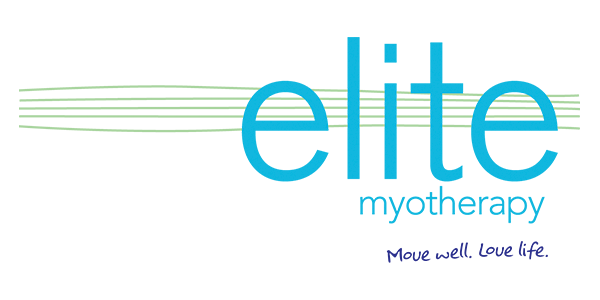Osgood-Schlatter disease, often encountered in growing adolescents, is a condition characterized by knee pain and tenderness at the tibial tuberosity, the bony protrusion below the kneecap. This condition is particularly prevalent among young athletes involved in sports that require frequent running, jumping, and rapid direction changes. The pain stems from stress on the growth plate in the shinbone, which, during growth spurts, can lead to inflammation and discomfort.
Myotherapy can be highly beneficial in managing Osgood-Schlatter disease. Myotherapy interventions for this condition typically involve a multi-faceted approach.
Pain Management
Myotherapy uses techniques like trigger point therapy, dry needling, and massage to reduce muscle tension and alleviate pain. These methods can be particularly effective in easing discomfort around the knee and thigh area.
Stretching Exercises
Myotherapists often prescribe specific stretching exercises targeting the quadriceps, hamstrings, and calf muscles. These exercises aim to reduce the tension in the muscles attached to the tibial tuberosity, thus alleviating the pull on the growth plate.
Strengthening Exercises
Strengthening the muscles around the knee can provide better support to the joint. This is crucial in managing Osgood-Schlatter disease as stronger muscles can help in reducing the load on the tibial tuberosity.
Education and Activity Modification
Myotherapists can provide guidance on activity modification to avoid aggravating the condition. This includes advice on suitable sports and exercises, as well as techniques for warm-up and cool-down routines to minimize stress on the knee.
Use of Taping or Bracing
In some cases, myotherapists might recommend taping or bracing the knee. This can help in providing support and stabilizing the area, which in turn can alleviate pain and prevent further injury.
Postural Advice
Since poor posture can exacerbate musculoskeletal strains, myotherapists may also offer advice on maintaining proper posture during activities.
It’s important to note that while Myotherapy can be effective in managing symptoms, each individual’s response to treatment can vary. Adolescents with Osgood-Schlatter disease should engage in a comprehensive treatment plan tailored to their specific needs, and in severe cases, medical consultation is advised.
Additionally, as the condition is self-limiting, it often resolves naturally once the adolescent completes their growth spurt. Myotherapy, in this context, serves as a supportive measure to manage symptoms and maintain activity levels during the course of the disease.







